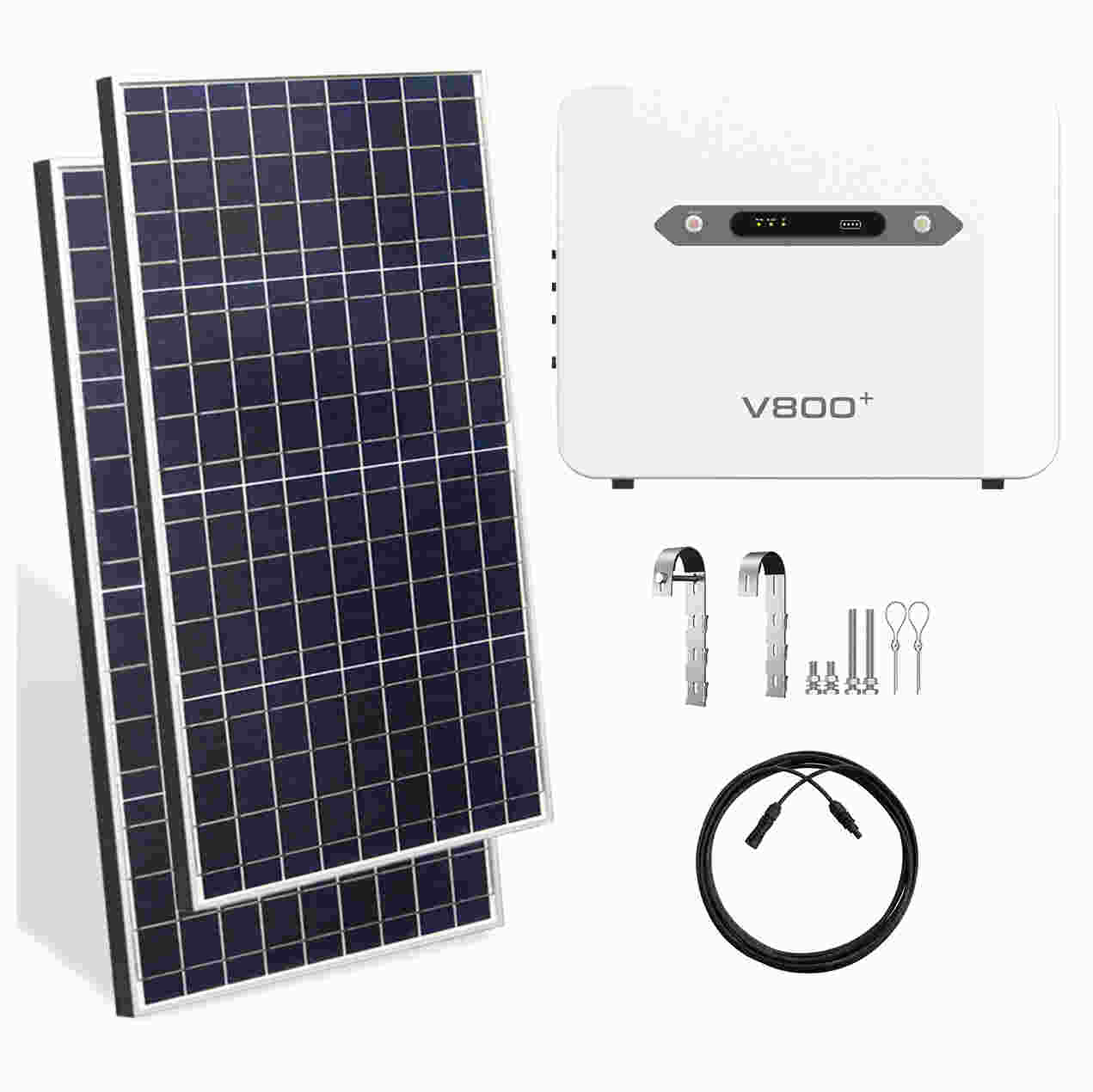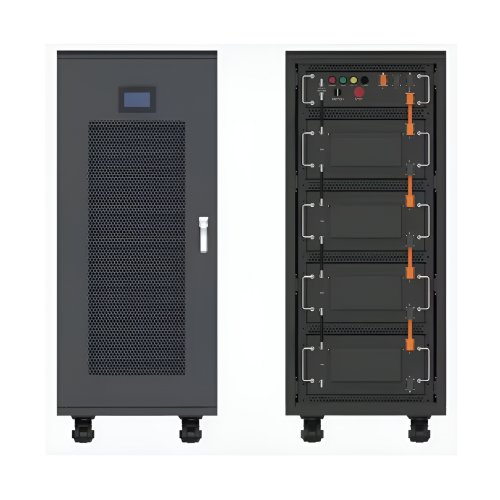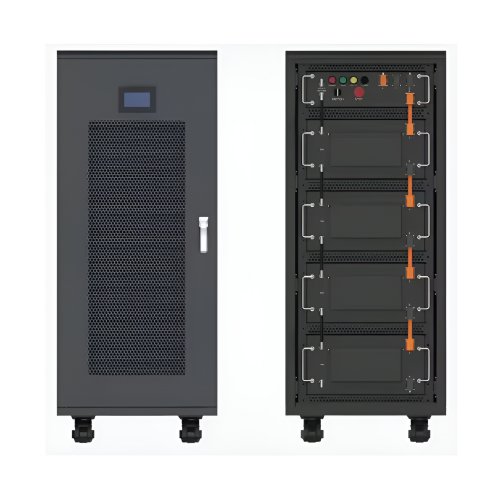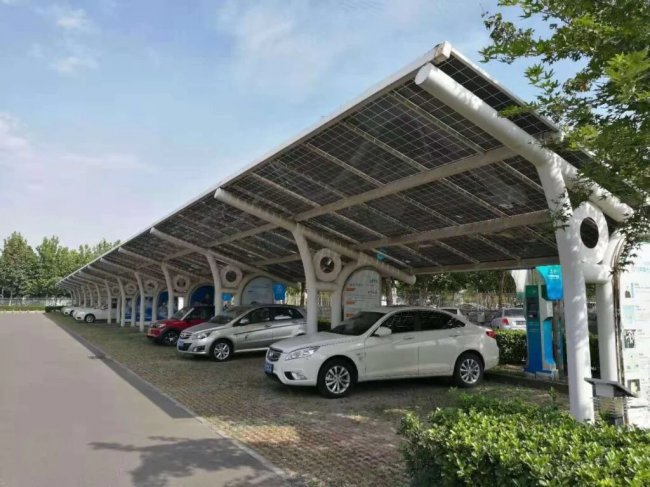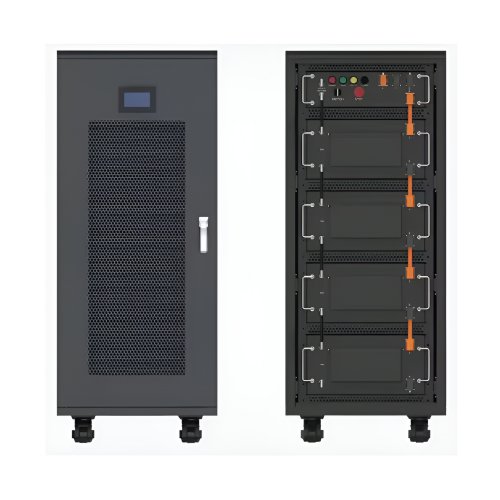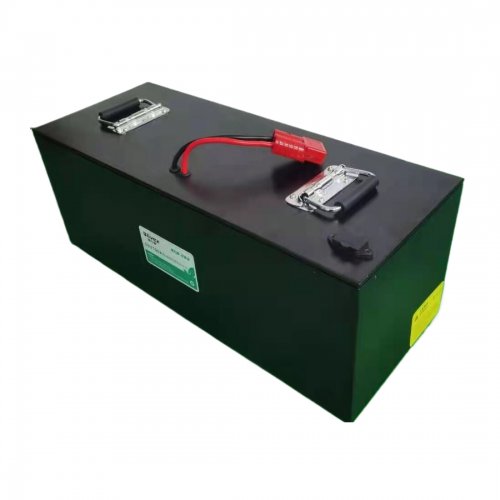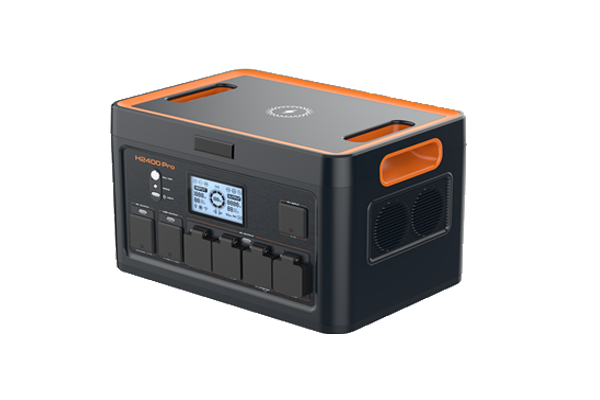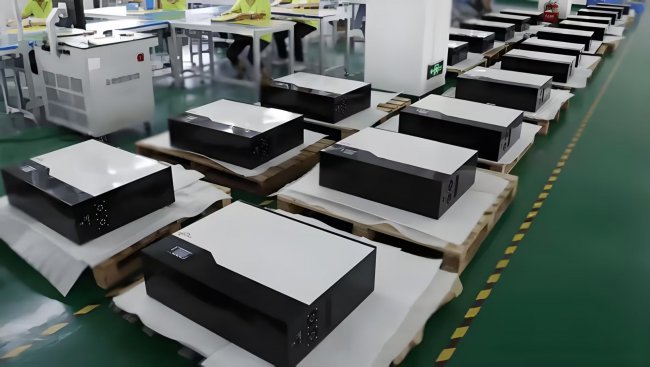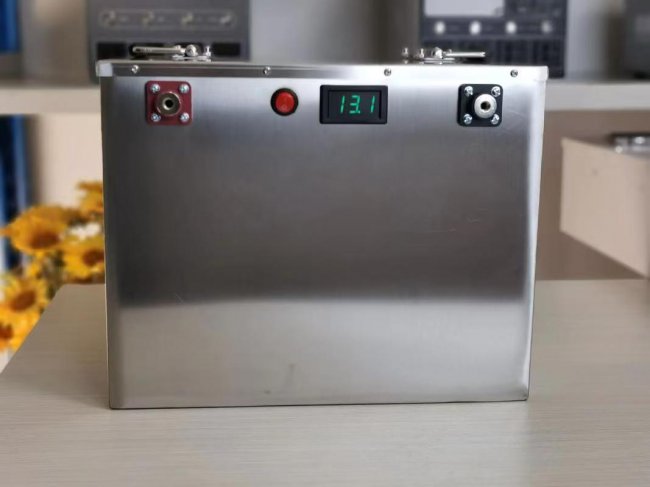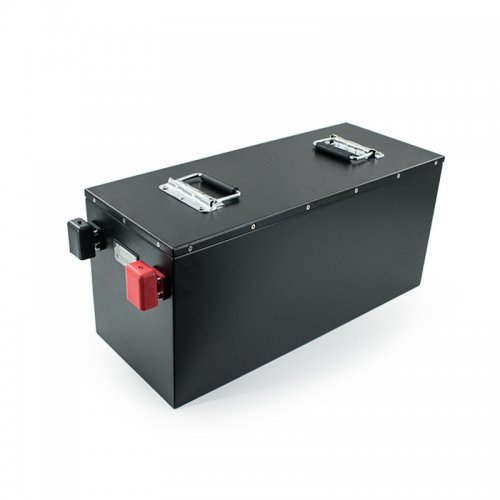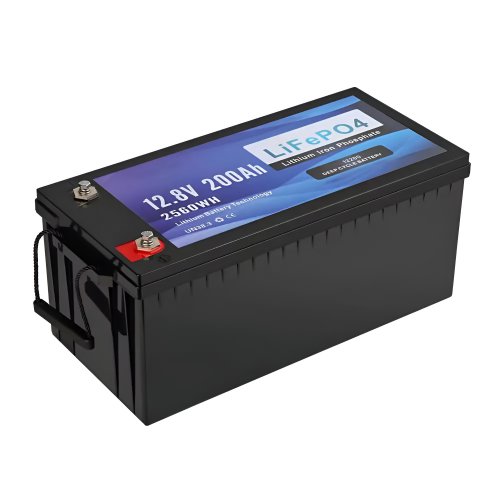Advances In Particle Size Optimization: From Empirical Control To Ai-driven Precision In Material Science
The pursuit of optimal particle size represents a cornerstone of modern material science, with profound implications across pharmaceuticals, catalysis, energy storage, and nanotechnology. Historically regarded as a simple physical parameter, particle size is now understood as a critical determinant of a material's chemical reactivity, dissolution rate, mechanical strength, and bioavailability. The field of particle size optimization has evolved dramatically, moving from rudimentary milling and grinding techniques to sophisticated, predictive, and AI-integrated methodologies. This article reviews the latest research breakthroughs, technological innovations, and future trajectories that are redefining our ability to engineer materials with precision at the nanoscale.
Recent Research Breakthroughs and Mechanistic Insights
A significant recent advancement lies in the deepened understanding of the size-property relationship at the nanoscale. For instance, in heterogeneous catalysis, research has moved beyond simply maximizing surface area. Studies now focus on optimizing particle size to create specific surface facets and defect sites that are uniquely active for target reactions. A landmark study by Zhang et al. (2022) demonstrated that for platinum nanoparticles in fuel cell electrodes, a precise size of 2.1 nm maximized the density of specific step-edge sites, leading to a five-fold increase in oxygen reduction reaction activity compared to larger or smaller particles. This underscores that the "optimal" size is not always the smallest possible, but the one that yields the most favorable atomic arrangement.
In pharmaceuticals, particle size optimization is pivotal for enhancing the bioavailability of poorly water-soluble drugs (BCS Class II and IV). The traditional approach of micronization has been superseded by nano-milling to produce nanocrystals. Recent research, such as the work by Merisko-Liversidge and Liversidge (2021), has refined this process, achieving narrow particle size distributions that ensure consistent dissolution profiles. Furthermore, studies are now elucidating how ultra-small nanoparticles can alter cellular uptake pathways. For example, Huang et al. (2023) showed that gold nanoparticles sized below 10 nm preferentially utilize clathrin-mediated endocytosis, while larger particles are taken up via caveolae-dependent pathways, with significant implications for targeted drug delivery and intracellular trafficking.
In the energy sector, particle size optimization is critical for next-generation battery materials. For lithium-ion battery anodes, silicon offers a high theoretical capacity but suffers from massive volume expansion during lithiation. A breakthrough has been the development of hierarchically structured particles, where the primary particle size is meticulously controlled. Liu et al. (2022) designed silicon-carbon composites with precisely tuned silicon nanocrystals (sub-10 nm) embedded in a porous carbon matrix. This architecture optimized the balance between ionic diffusion length (shortened by small size) and structural integrity (provided by the matrix), resulting in batteries with exceptional cyclability and high energy density.
Technological Innovations and Process Control
The tools for achieving particle size optimization have seen parallel revolutionary progress.
1. Advanced Synthesis and Comminution Techniques: Beyond high-pressure homogenization, techniques like microfluidic-assisted precipitation allow for unparalleled control over nucleation and growth. By precisely manipulating mixing times, solvent ratios, and temperature gradients in micro-channels, researchers can produce nanoparticles with a coefficient of variation (CV) of less than 5%. Similarly, electrospray techniques have emerged as a powerful tool for generating monodisperse particles from polymeric or precursor solutions.
2. In-line and Real-Time Analytics: The integration of Process Analytical Technology (PAT) is a game-changer. Tools like Focused Beam Reflectance Measurement (FBRM) and Particle Video Microscopy (PVM) provide real-time, in-process data on chord length distributions and particle morphology. This enables immediate feedback and control, shifting the paradigm from off-line quality control to continuous quality assurance. Coupled with spectroscopic methods like Raman or NIR, PAT allows for the correlation of particle size with critical quality attributes like polymorphic form.
3. The Rise of AI and Machine Learning: The most transformative technological breakthrough is the application of artificial intelligence. Machine learning (ML) models, particularly those utilizing Bayesian optimization and neural networks, can now predict the optimal synthesis parameters (e.g., precursor concentration, temperature, stirring rate) to achieve a target particle size and distribution. For example, a recent study by Raccuglia et al. (2023) used a random forest algorithm to optimize the synthesis of metal-organic framework (MOF) particles. The model successfully navigated the complex parameter space to identify conditions for producing ZIF-8 nanoparticles with a predefined size, a task that would have required hundreds of iterative experiments through traditional trial-and-error.
Future Outlook and Challenges
The future of particle size optimization is poised to become even more intelligent, integrated, and sustainable.Closed-Loop Autonomous Systems: The next logical step is the full integration of AI models with PAT and automated synthesis reactors. Such a system would continuously analyze particle data, compare it to a target profile, and use an ML algorithm to dynamically adjust process parameters in real-time without human intervention, creating a self-optimizing "smart" manufacturing platform.Multi-Objective Optimization: Future efforts will focus on optimizing particle size not for a single property, but for a complex set of often competing objectives. For a drug product, this might mean simultaneously optimizing for dissolution rate, chemical stability, and flowability for tablet compression. Multi-objective Bayesian optimization and other advanced ML techniques will be essential to navigate these complex trade-offs.Sustainable and Green Processes: There is a growing drive to develop optimization strategies that minimize energy consumption and the use of hazardous solvents. This includes optimizing the size of catalyst particles for maximum efficiency to reduce loadings, or developing aqueous-based nano-milling processes. The principles of green chemistry will be inherently woven into future optimization algorithms.Addressing Characterization Gaps: As we push towards the sub-nanometer regime and complex, non-spherical morphologies, advanced characterization techniques like cryo-electron microscopy and in-situ synchrotron X-ray diffraction will become standard for validating size distributions and understanding formation mechanisms.
In conclusion, particle size optimization has transcended its status as a mere processing step to become a sophisticated discipline at the intersection of materials science, chemical engineering, and data science. The convergence of advanced synthesis, real-time analytics, and artificial intelligence is empowering scientists to design and fabricate materials with unprecedented precision. As these tools continue to mature, they will unlock new frontiers in medicine, energy, and technology, one optimally sized particle at a time.
ReferencesHuang, Y., et al. (2023). "Size-Dependent Endocytic Pathways of Gold Nanoparticles Determine Their Fate in Cells."ACS Nano, 17(4), 3505-3517.Liu, N., et al. (2022). "A Yolk-Shell Structured Silicon Anode with Tunable Primary Nanoparticles for High-Stability Lithium-Ion Batteries."Nature Energy, 7(4), 312-321.Merisko-Liversidge, E., & Liversidge, G. G. (2021). "Drug Nanoparticles: Formulating Poorly Water-Soluble Compounds."Toxicologic Pathology, 49(6), 1140-1154.Raccuglia, P., et al. (2023). "Machine-Learning Assisted Optimization of Metal-Organic Framework Crystal Size in Continuous Flow."Chemical Engineering Journal, 451, 138952.Zhang, L., et al. (2022). "Platinum Nanoparticle Size and Surface Structure Effects on Oxygen Reduction Reaction Activity."Journal of the American Chemical Society, 144(7), 2936-2949.
Customized/OEM/ODM Service
HomSolar Supports Lifepo4 battery pack customization/OEM/ODM service, welcome to contact us and tell us your needs.


HomSolar: Your One-stop LiFePO4 Battery Pack & ESS Solution Manufacturer
Our line of LiFePO4 (LFP) batteries offer a solution to demanding applications that require a lighter weight, longer life, and higher capacity battery. Features include advanced battery management systems (BMS), Bluetooth® communication and active intelligent monitoring.

Customised Lithium Iron Phosphate Battery Casing
ABS plastic housing, aluminium housing, stainless steel housing and iron housing are available, and can also be designed and customised according to your needs.

HomSolar Smart BMS
Intelligent Battery Management System for HomSolar Energy Storage System. Bluetooth, temperature sensor, LCD display, CAN interface, UART interface also available.


Terminals & Plugs Can Be Customized
A wide range of terminals and plugs can be customised to suit the application needs of your battery products.

Well-designed Solutions for Energy Storage Systems
We will design the perfect energy storage system solution according to your needs, so that you can easily solve the specific industry applications of battery products.



About Our Battery Cells
Our energy storage system products use brand new grade A LiFePO4 cells with a battery lifespan of more than 4,000 charge/discharge cycles.



Applications in Different Industries
We supply customized & OEM battery pack, assemble cells with wiring, fuse and plastic cover, all the cell wires connected to PCB plug or built BMS.
Applications: E-bike, Electric Scooter, Golf Carts, RV, Electric Wheelchair, Electric Tools, Robot Cleaner, Robot Sweeper, Solar Energy Storage System, Emergency Light, Solar Power Light, Medical Equipment, UPS Backup Power Supply.
We can provide you with customized services. We have the ability to provide a vertical supply chain, from single cells to pack/module and to a complete power solution with BMS, etc.


HomSolar (Shenzhen) Technology Co., Ltd







